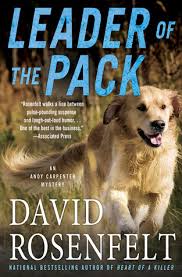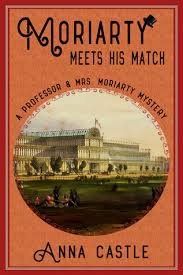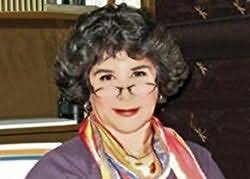GoodReads meta-data is 208 pages (it seemed like a lot more), rated 3.96 by 120 relatives of the publisher.
Genre: krimi.
Verdict: slow and steady and slow.
Romanian public intellectual journalist muses on life, and death when late one afternoon with a colossal hangover he finds a dead body has disordered the books in his study – the library of the title. He vaguely recognised the victim as a passing acquaintance. What to do?
In his befuddled state he concludes that hiding the body in the cellar of the apartment building makes more sense than calling the militia (police). Sure he is a 98-pound weakling intellectual, lugging around a deadman in the dark of night is the safer option in a ruthless totalitarian state governed by a demon in a necktie.
Does it have to be said? None of that goes well.
He sets out then to resolve the mystery to make sure he is innocent, because all that pálinka the night before has undermined his confidence. The fraternity brothers have ordered a case of the stuff to see if it beats Romulean blue ale.
He romances a duchess who lives in a deuce palace with her father who disapproves of this slovenly journalist. She and he have enough misunderstandings to quality the title as Chick Lit.
After a while this hack realises someone is systematically plotting to bring him to ruin. He consults the list of people who hate him compiled in the telephone book, and settles on a likely prospect, a chicken farmer whom the journalist tried in the court of pubic opinion some years ago.
He gathers the principals in a room, and…..
Nit picking note: the dead man was not killed in the library, ergo there was no attack in the library. And as noted above a study with bookshelves does not a library make. A library has to have librarians, as well as books.
While it is set in Red Bucharest it is largely bleached of references either to communism or the regime. How such an all enveloping miasma can be filtered out is itself a wonder. After all, it was published in Romania by a regime that left nothing to chance. By the way, the femme fatale is not in fact a duchess but she lives like one and that is why he calls her that. Indeed how did anyone live like that in Romania in 1983?

This is the first in a series involving our hero, one Mladin, Andrei. In 2018 Arion was still publishing a book a year. Strength to his arm, but no more for me.



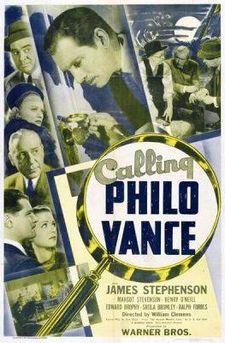


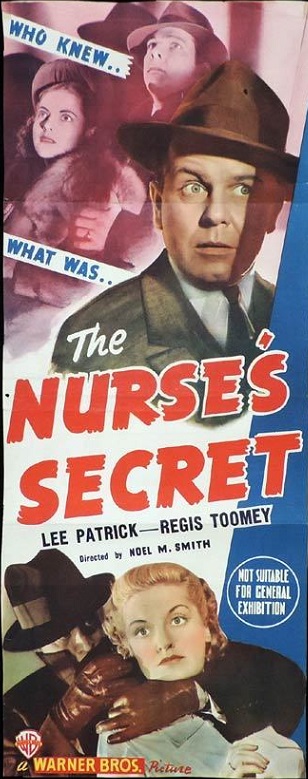











![Comrade Detective (2017 [1983?])](https://theory-practice.sydney.edu.au/wp-content/uploads/2020/04/download-1-2.jpeg)






